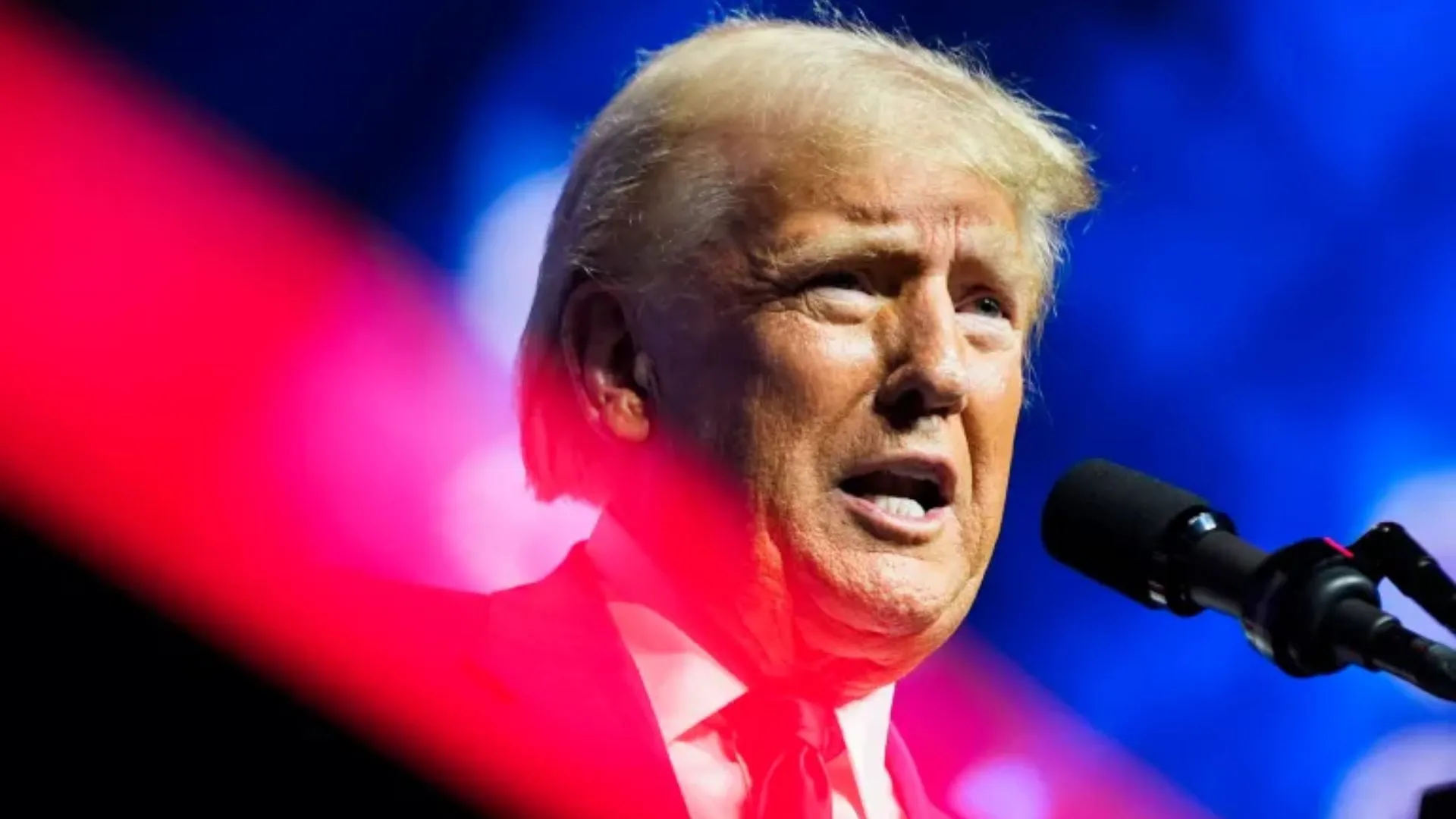In a dramatic turn of events, Donald Trump made a historic return to the White House in 2024, securing a victory in the presidential race. However, despite his claims and persistent efforts, he fell short in one critical area — New York. The state, which Trump had long eyed as a potential win in this cycle, ultimately went to Vice President Kamala Harris. New York’s 28 electoral votes were claimed by Harris, leaving Trump to contend with another loss in the state, where he had previously struggled in his past White House bids.
Strongest Republican Showing in New York in Decades
While Trump was unable to win New York, his performance in the state was a noteworthy achievement in itself. With 97% of the votes counted, Trump secured 30.5% of the vote in New York City and 43.3% statewide. This marks the most impressive performance by a Republican presidential candidate in New York since at least 1996, according to preliminary data from the City and State Boards of Elections. This result is significant, as Trump outperformed previous Republican candidates, with some even speculating that his appeal in parts of New York City and upstate could signal a broader shift in voter sentiment. Even in Manhattan, traditionally a Democratic stronghold, Harris saw the lowest vote share for a Democratic nominee since Al Gore’s candidacy in 2000, further underlining the impact Trump had on the state.
A Narrow Victory for Harris in New York
Despite Trump’s stronger-than-expected performance, New York ultimately went to Harris, though the victory margin was smaller than in previous elections. Harris won the state with 55% of the vote, just 12 percentage points ahead of Trump, who claimed 43%. This result was considerably tighter compared to the past two presidential cycles: in 2020, Joe Biden had won the state with around 60% of the vote, and Hillary Clinton had received a similar percentage in 2016. Trump’s gains in New York demonstrate the shifting political landscape, with his appeal growing in areas that were once considered firmly in the Democratic column.
The Madison Square Rally: A Controversial Turning Point
Many analysts point to Trump’s Madison Square rally as a potential turning point in how he was perceived by voters, both in New York and across the country. The rally, which took place in a charged atmosphere, was marred by several controversial speeches. One of the most talked-about moments came from comedian Tony Hinchcliffe, who made a widely condemned comment about Puerto Rico, referring to it as “a floating island of garbage in the middle of the ocean.” This comment, along with Hinchcliffe’s remarks about Latinos and other inflammatory statements, amplified the negative messaging surrounding the rally. Additionally, businessman Grant Cardone made headlines for a remark about Harris, calling her “a low IQ individual.” Trump’s own comments about his opponent and his combative rhetoric seemed to fuel the sense of division that characterized the campaign, further complicating the narrative of his bid for the presidency.
Despite the negativity surrounding the rally and his overall campaign messaging, Trump’s ability to secure a significant share of the vote in New York was seen by some as a sign of his growing appeal among certain voter segments, particularly in areas traditionally hostile to Republicans.
Trump’s Victory Speech: A Call for National Unity
Despite the turbulent campaign and the loss of New York, Trump was able to secure his victory and made history in the process. In his victory speech, he took a moment to address the nation and call for unity, which many saw as a crucial message after such a divisive election cycle. “It’s time to put the divisions of the past four years behind us,” Trump declared. “It’s time to unite and we’re going to try. We have to try and it’s going to happen. Success will bring us together.”
Trump’s appeal for unity, despite his often divisive rhetoric throughout the campaign, was seen as an effort to reconcile the polarized political climate in the country. His victory marked a major political shift, one that promises to reshape the nation’s direction in the coming years. However, the fact that he still struggled to capture a state as pivotal as New York, despite his historic win, points to the deep divisions that remain within the American electorate. Trump’s challenge moving forward will be to bridge these divides and build the kind of broad coalition needed to govern effectively, both within the GOP and with a nation that remains divided on key issues.






















